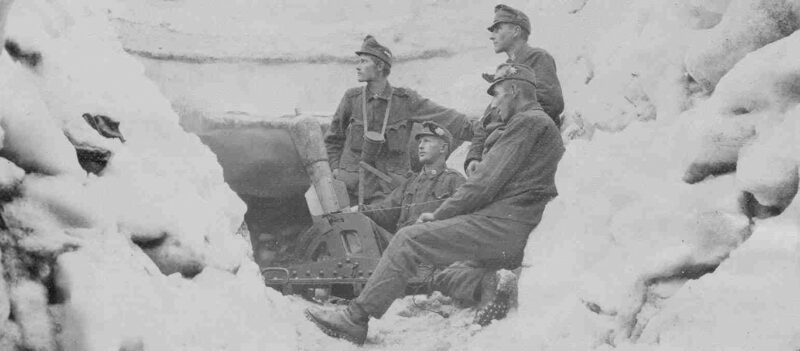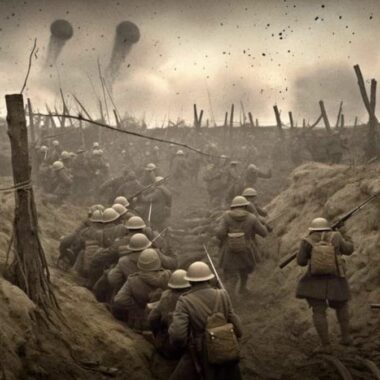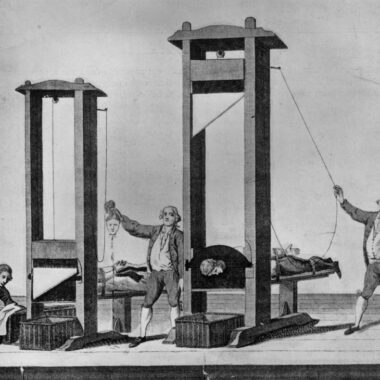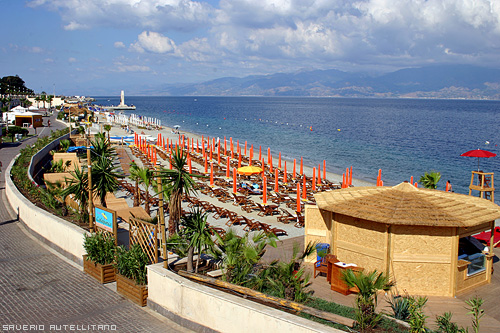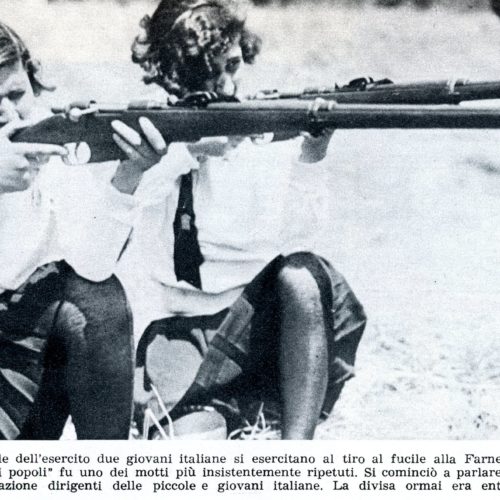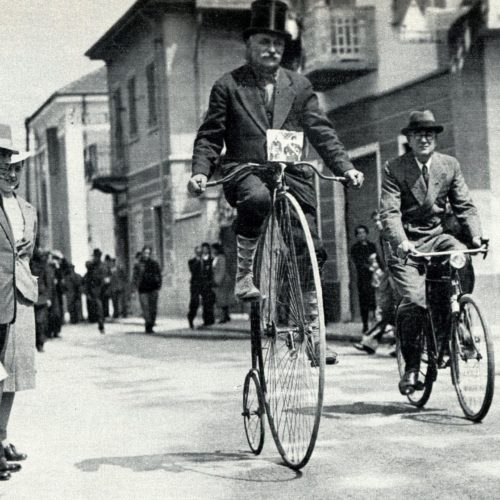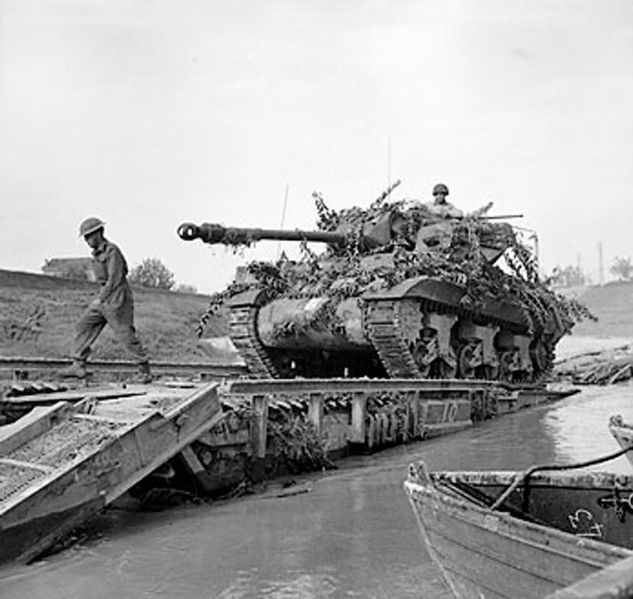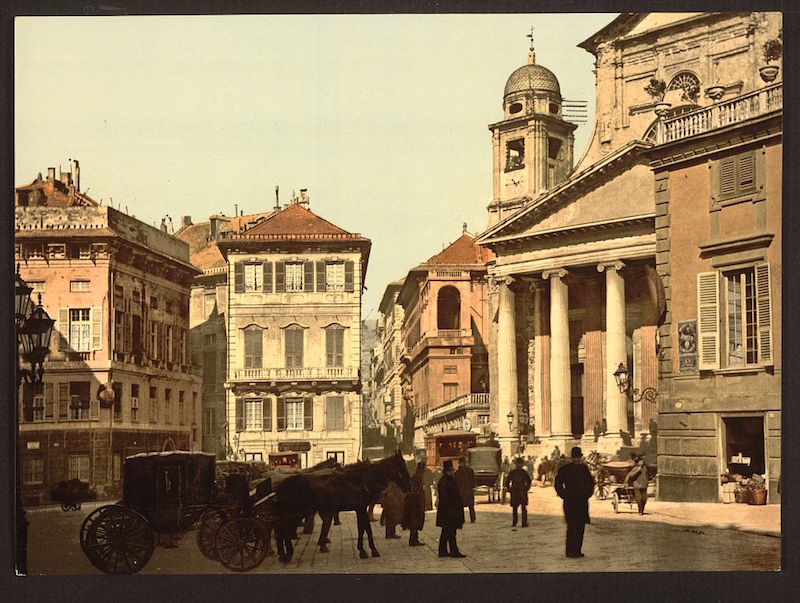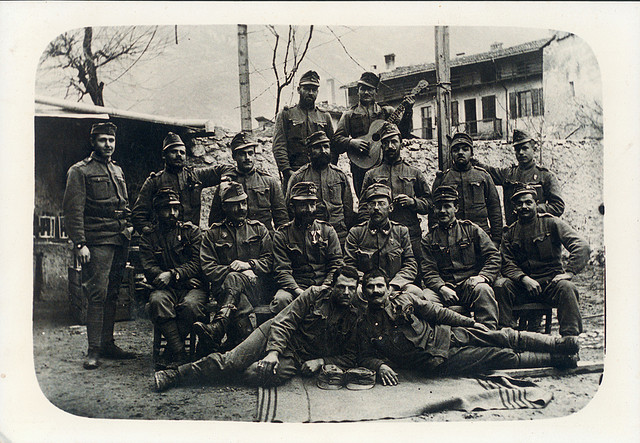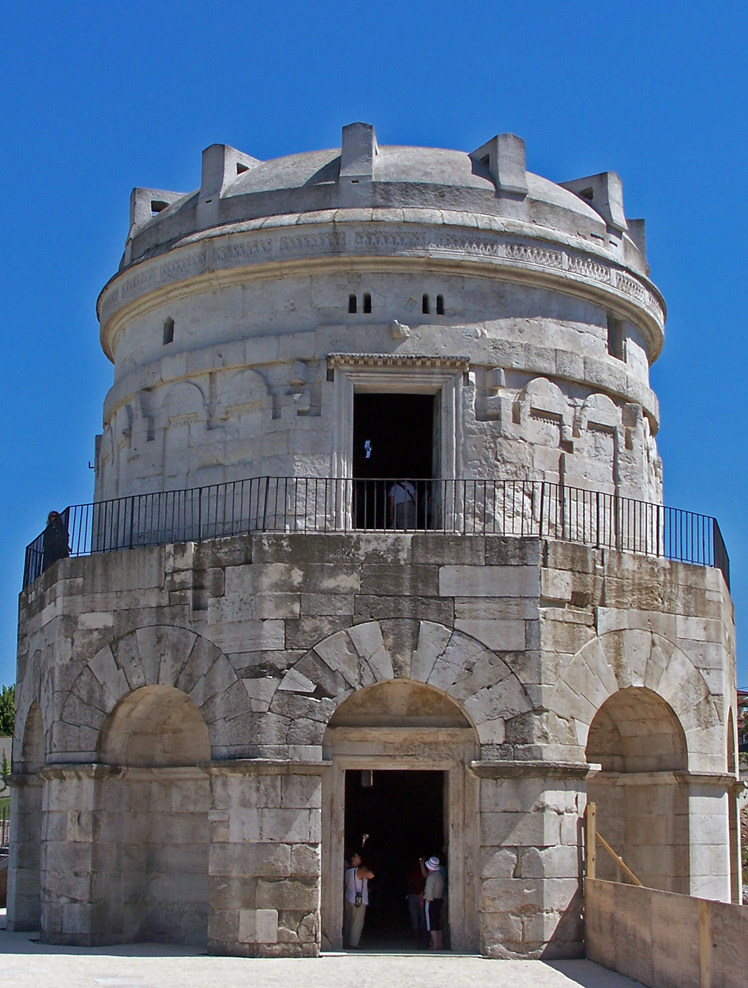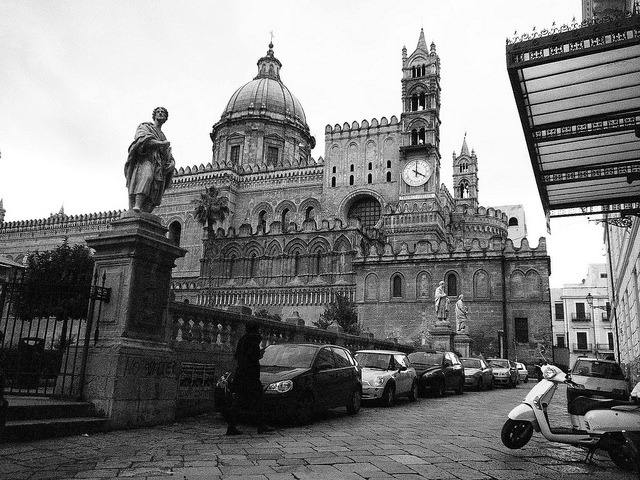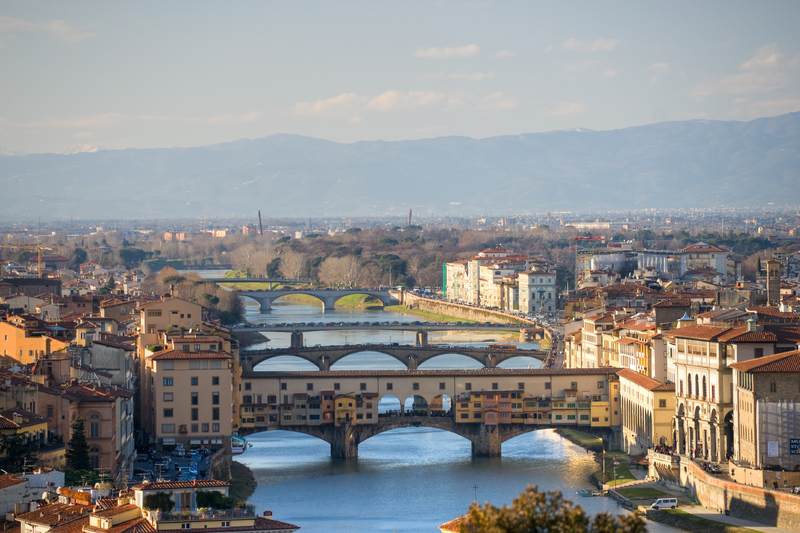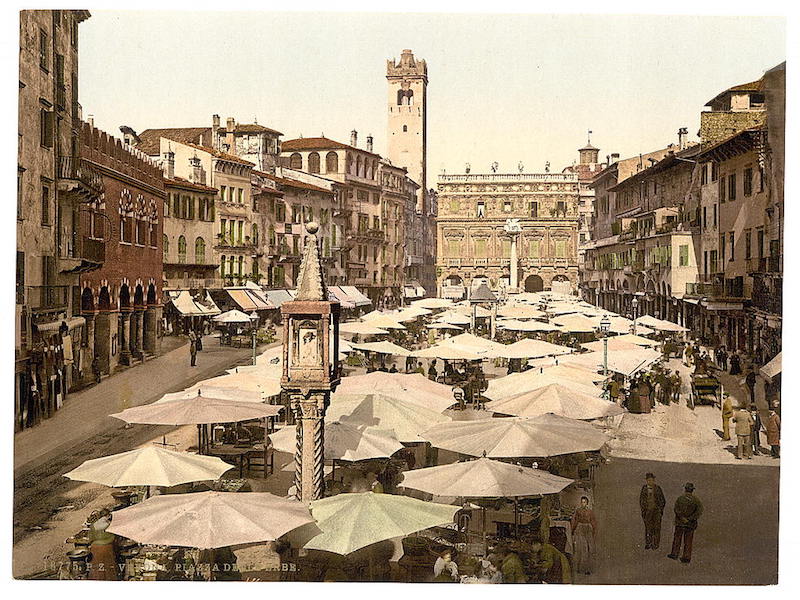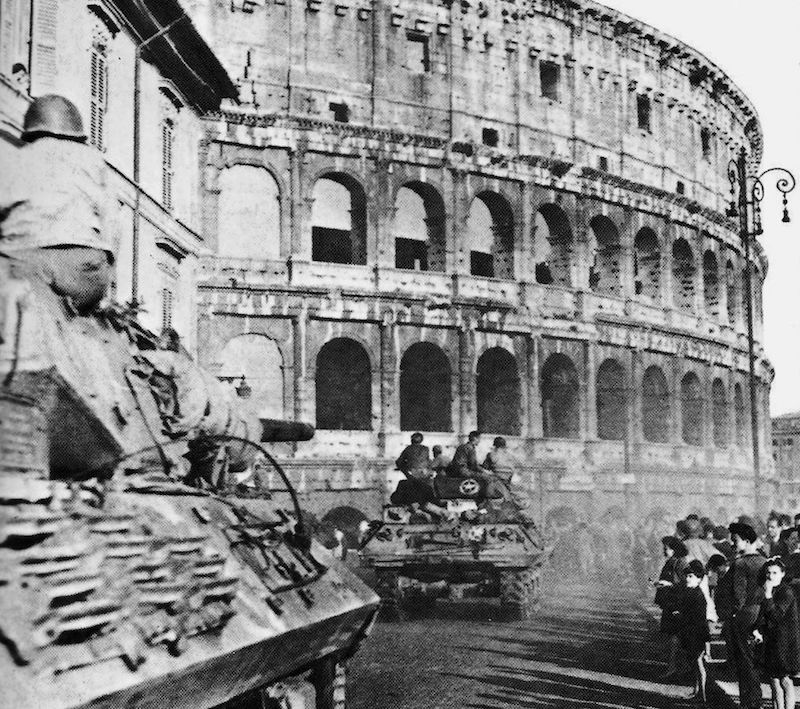Located at an astonishing altitude of 3000 meters, the Museum of the Great War, inaugurated in 1990 on the Marmolada, stands as a breathtaking testimony to Italian military history. It captivates visitors from across the country and beyond, serving as a cornerstone in Italian military history and culture. Sadly renowned for commemorating the clashes of the First World War that took place on the Marmolada, it is an essential piece in remembering the memory of the many fallen among its rocks. Through its corridors, you can feel transported back in time to relive the dramatic events of the First World War that unfolded on these majestic slopes.
The birth of the museum to honor the fallen in battle
Even today, it is possible to discover among the glaciers of the Marmolada the remains of the cable cars built during the Great War. At high altitudes, in the rugged peaks of the mountain range, soldiers set up strategic supply bases, hidden communication routes, and trails for food and water supply. Some remnants are still intact, more than 100 years later, and the museum stands around these ancient relics of Italian history.
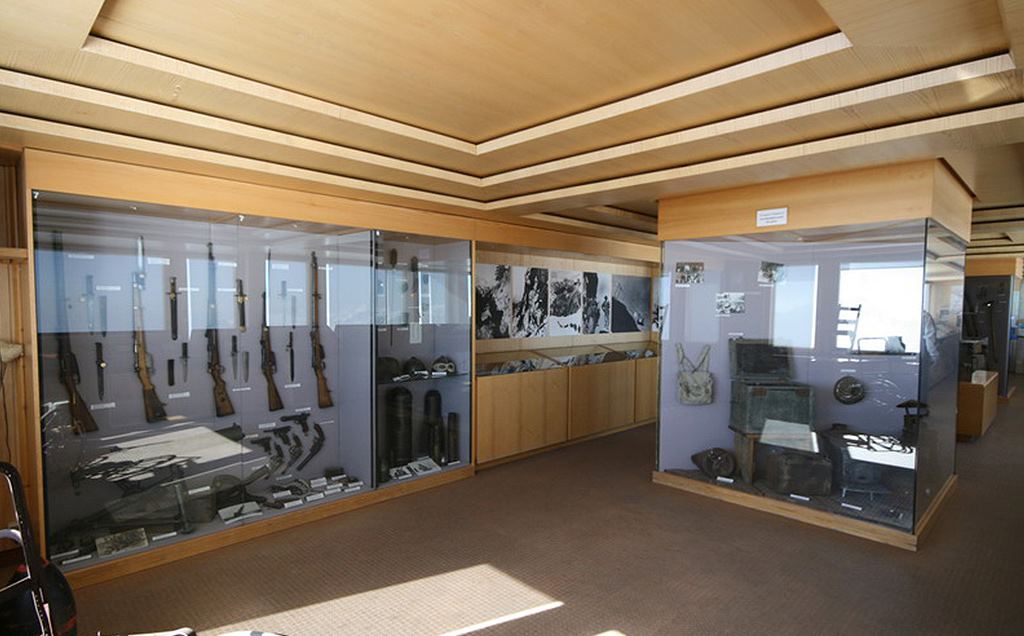
The museum was renovated in 2005 with a promise: to give sensory meaning to one of Italy’s most iconic theaters of the First World War. Among rocks and glaciers, you can relive the emotions, viewpoints, and environment of the war firsthand. For this reason, you can find various areas installed here for screening films, survivor testimonies, war reconstructions, and moments of reflection with industry experts.
A splendid Ice City
On the majestic slopes of the Marmolada, our soldiers did their best to adapt. What for them represented years of effort in digging kilometers of shelters into the belly of the glacier, today represents to us the best-known ice city.
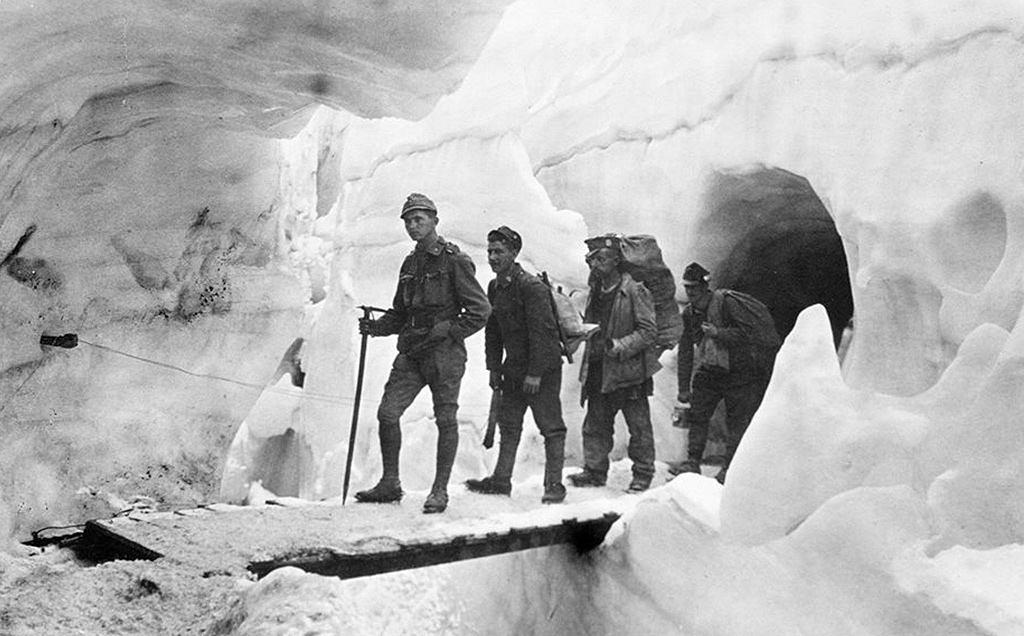
During the war, the bearers of provisions and supplies certainly could not pass undisturbed over the glacier, or they would not have returned home. They were often forced to retrace their steps if hit by an avalanche or a storm, leaving the rest of the battalion empty-handed.
For this reason, in the summer of 1916, Lieutenant Leo Handl decided to exploit the belly of the glacier, piercing it from side to side to facilitate communication between the two slopes. In just 10 months, 12 km of tunnels were excavated under the ice, and here, infirmary units, kitchens, and some dormitories were transferred.
Today, very little remains of the ancient ice city, with partial melting during the warmer months sometimes bringing war relics to the surface, thus enriching our cultural baggage on Italian military history.
The Museum of the Great War on the Marmolada is therefore much more than just a museum; it is an unforgettable journey through time and space, to make you reflect on the tragedies and heroic feats of those who fought on these majestic Alpine slopes.
